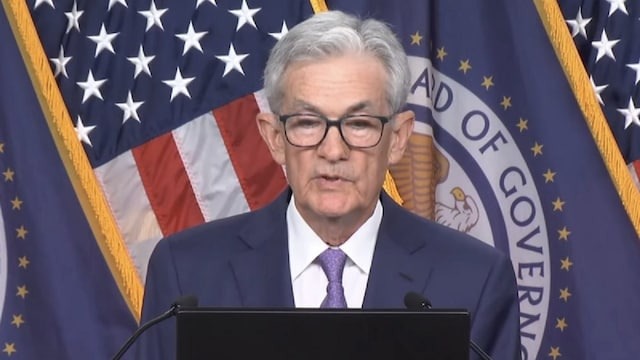
New Delhi. The Indian economy will grow at a rate of 6.5 to 6.8 percent in the current financial year, while the growth rate of gross domestic product (GDP) will be between 6.7 to 7.3 percent in the next financial year (2025-26). Deloitte India has estimated this. Deloitte said that the government's continuous infrastructure development, focus on digitalization and measures to attract foreign direct investment (FDI) will improve which will boost growth.
Deloitte India economist Rumki Majumdar said the growth rate in the first half of FY2024-25 has been lower than expected as domestic demand and exports were affected by heavy rains and geopolitical developments followed by uncertainties over elections. He said, “However, there are some areas in which India is showing great resilience. These include consumption trends or growth in services, increasing share of high-value manufacturing in exports and capital markets.”
Government efforts to boost growth
Deloitte said that the government's continuous infrastructure development, focus on digitalization and measures to attract foreign direct investment (FDI) will lead to improvement which will boost growth. As a result of all this, GDP growth rate will be between 6.7 to 7.3 percent in the next financial year. Majumdar told PTI, “We remain cautiously optimistic and expect the growth rate to be between 6.5 to 6.8 percent in the current financial year. In the next financial year it will be between 6.7 to 7.3 percent. ”
RBI has reduced the estimate
Earlier this month, the Reserve Bank of India (RBI) had reduced its growth rate forecast for the current financial year to 6.6 percent. In June, RBI had estimated the growth rate to be 7.2 percent. Deloitte said that manufacturing exports in high-value segments such as electronics, semiconductors and chemicals reflect India's increasingly strong position in the global value chain. Meanwhile, local capital markets have seen stability due to increased participation of retail and domestic institutional investors. However, in the last two and a half months, foreign institutional investors (FIIs) have sold heavily in the Indian stock markets.

 Desk
Desk Share
Share






